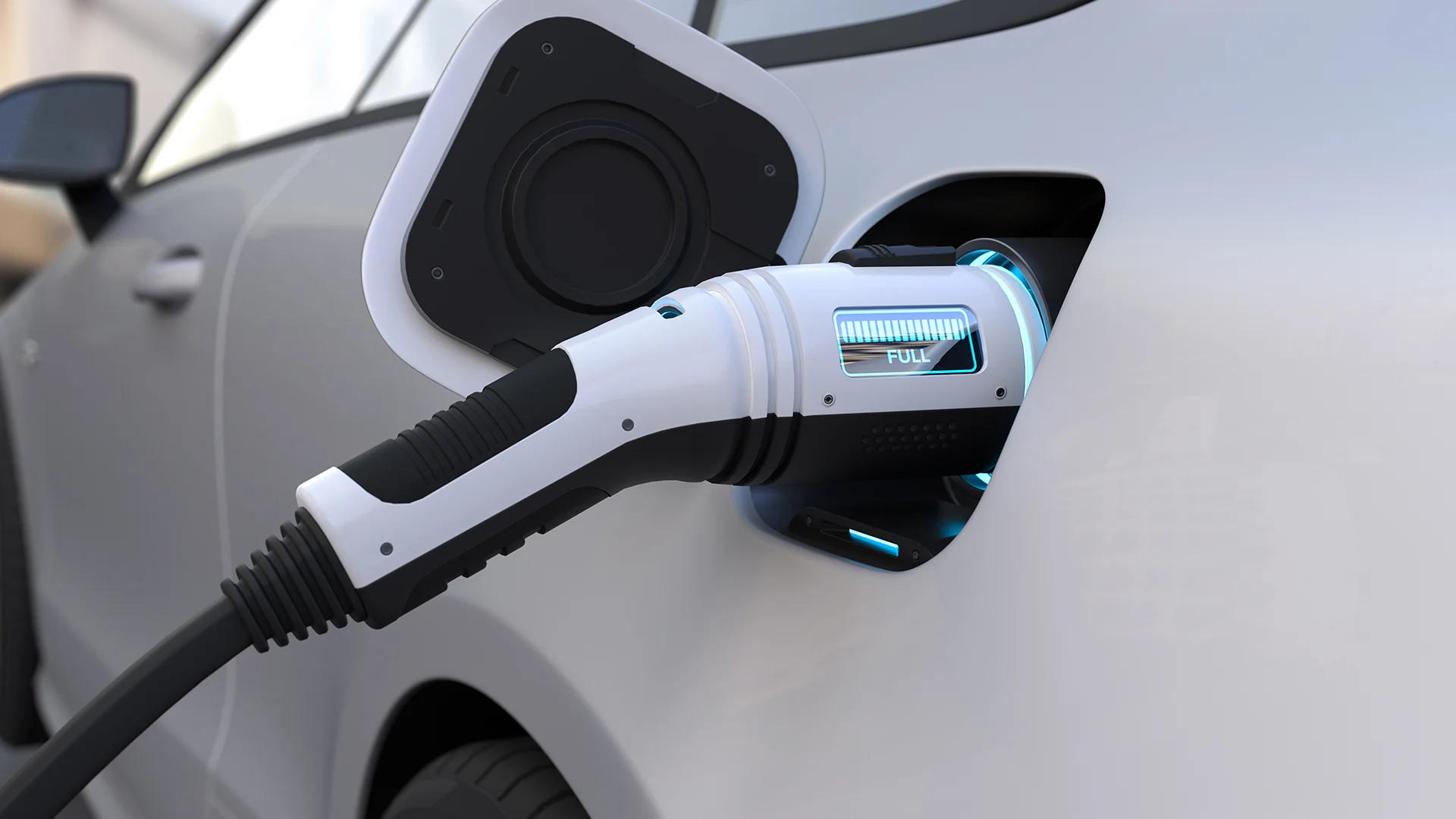It’s a way of carefully regulating EV charging so that the grid isn’t overburdened or destabilized. Smart charging allows the automobile, utility company, and charging operator to ‘communicate’ and so improve charging via creating data links. As a result, smart charging will be critical for making the transition to electric vehicles a smooth one rather than a chaotic one.
The electric car charging station manufacturers in India is the automobile industry’s fastest-growing category. The expansion of the electric vehicle sector in recent years has been fueled by advanced technology, customer demand to lower carbon footprints, and government policy incentives. EVs also minimize emissions that contribute to climate change and pollution, enhancing public health and minimizing environmental harm.
What Is Smart Charging?
To put it another way, anytime you connect in your EV, the charger provides critical data to them so they can maximize charging.
As a result, smart charging allows the charging operator (whether a person with a charger at home or a business owner with many charging stations) to control how much energy is sent to any plugged-in electric vehicle. The quantity consumed varies based on how many people is consuming energy at the moment, reducing grid stress. Charging operators can also use smart charging to avoid exceeding their facility’s maximum energy capacity, which is limited by local grid capacity and the energy price they choose.
Smart metering systems are defined as electronic systems having measurement and data translation capabilities, according to an EU guideline on energy efficiency. Smart charging establishes a data link between an electric car and a charging equipment, as well as a data connection between the charging device and a charging operator.
Most Relevant Smart Car Charging Features
Power sharing, also known as load balancing or leveling, allows network operators or enterprises with several EV charging stations on site to distribute available energy capacity equally among all active charging stations. Because each site’s available power is restricted, increased energy consumption would ordinarily necessitate costly electrical infrastructure upgrades. Smart charging refers to the distribution of electricity in such a way that such updates are avoided. To see how this is accomplished, watch the video below.
Power boost
It is not a good idea to reach or exceed your maximum energy capacity. It’s possible that you’ll be charged more by your energy supplier if you use more electricity than you intended, especially if you use energy-intensive equipment later in the month, such as a washing machine or dishwasher. Power Boost prevents this by dynamically balancing the load between the charger and the rest of the gadgets in the house.
Dynamic power sharing
Power Boost and Power Sharing are combined in Dynamic Power Sharing. As previously stated, adding extra charging outlets at any given location increases total power consumption. This is a costly and frequently ineffective solution.
The demand of a building may be monitored and assessed against its maximum permissible energy capacity using Dynamic Power Sharing (DPS). When demand falls below maximum capacity, the charging network receives the leftover electricity. Furthermore, the smart charging technology will divide available energy evenly across all chargers automatically.



